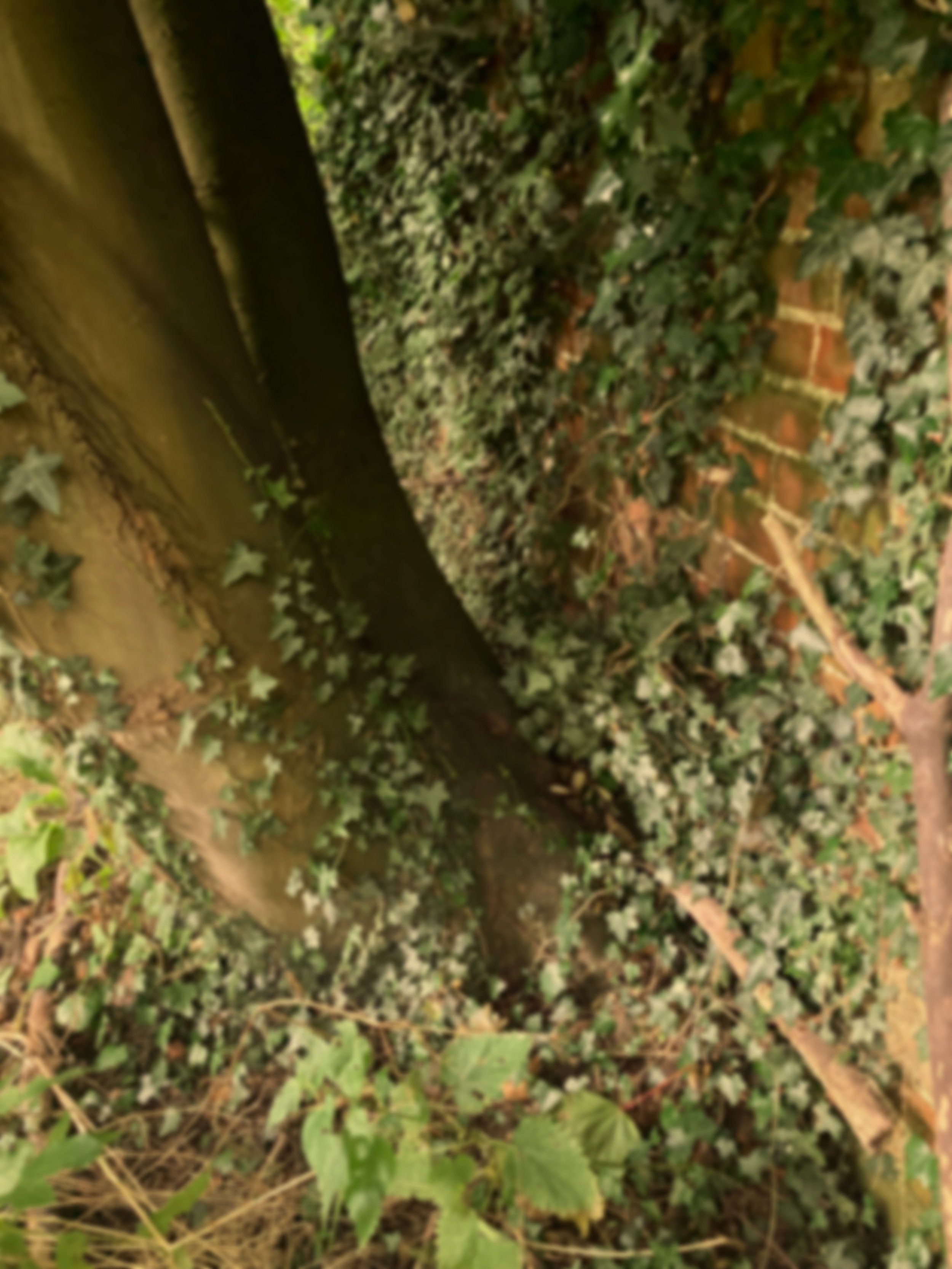
Arboricultural Impact Assessment:
An Arboricultural Impact Assessment (AIA) is a key document required during the planning process, especially for development projects where trees are present on or near the site. It identifies the potential effects of proposed construction or development on trees and provides recommendations to mitigate negative impacts.
Key Elements:
Tree Survey: In accordance with BS5837, the AIA begins with a detailed tree survey identifying the location, species, condition, and category of each tree affected by the development.
Impact Assessment: The report assesses how the proposed development will affect existing trees, including trees to be retained, removed, or those that may be impacted by construction activities.
Root Protection Areas (RPAs): Identifies RPAs (as per BS5837), ensuring that construction activities like excavation, changes in soil levels, or the movement of heavy machinery do not damage tree roots.
Mitigation Measures: Recommendations on how to minimise damage to retained trees, such as protective barriers, avoiding root zones, or adjusting the project layout to accommodate important trees.
Tree Constraints Plan: A visual representation (usually a site plan) indicating trees to be retained, removed, or replanted, ensuring compliance with local planning policies that encourage tree protection.

